Pharmacological properties
Pharmacological effects caused by the components that make up the drug Fervex:
– pheniramine maleate – an H1-receptor blocker, provides a desensitizing effect, which is manifested by a decrease in the inflammatory reaction of the mucous membranes of the upper respiratory tract (nasal breathing improves, rhinorrhea, sneezing and lacrimation decrease);
– paracetamol has an antipyretic and analgesic effect, relieving the severity of pain and fever (headache, muscle pain);
– ascorbic acid compensates for the body’s needs for vitamin C.
Paracetamol after oral administration is rapidly and almost completely absorbed in the digestive tract. C max of paracetamol in blood plasma is reached 30-60 min after administration. Paracetamol is rapidly distributed in all tissues. Concentrations in blood, saliva and blood plasma are similar. Binding to plasma proteins is weak. Paracetamol is metabolized in the liver with the formation of compounds with glucuronic acid and sulfates. A secondary metabolic pathway, catalyzed by cytochrome P 450, leads to the formation of an intermediate reagent (N-acetylbenzoquinoneimine), which under normal conditions of use is rapidly neutralized by reduced glutathione and excreted in the urine after conjugation with cysteine and mercapturic acid. However, in severe poisoning, the amount of this toxic metabolite increases.
Excreted in the urine, mainly as metabolites. 90% of the dose is excreted by the kidneys within 24 hours, mainly in the form of glucuronic acid conjugates (60-80%), sulfate conjugates (20-30%).
About 5% of the dose is excreted unchanged. T½ is about 2 hours.
Pheniramine maleate is well absorbed in the digestive tract. It is excreted mainly by the kidneys. T ½ – 60-90 min.
Ascorbic acid is well absorbed in the digestive tract. It is excreted mainly in the urine.
Indication
Fervex for adults: symptomatic treatment of colds, rhinitis, rhinopharyngitis, flu-like conditions manifested by rhinorrhea, lacrimation, sneezing, fever and/or headache.
Fervex for children: symptomatic treatment of colds, rhinopharyngitis in children (aged 6 years and over) and conditions manifested by rhinorrhea, lacrimation, sneezing, fever and/or headache.
Application
Fervex for adults. Inside, adults and children over 15 years of age are prescribed 1 sachet 2-3 times a day. Dissolve the contents of the sachet in a sufficient amount of cold or warm water. Take the solution immediately after preparation. Patients with symptoms of a cold are better off taking a warm solution of the drug in the evening. The interval between doses should be at least 4 hours. The maximum duration of treatment is 5 days.
For patients with impaired renal function (creatinine clearance 10 ml/min), the interval between doses should be at least 8 hours.
If the symptoms of the disease do not disappear or worsen, you should consult a doctor.
Fervex for children. For oral use. The contents of the sachet are dissolved in a sufficient amount of cold or warm water.
This dosage form is intended for use only in children (aged 6 years and over):
6-10 years – 1 sachet 2 times a day;
10-12 years – 1 sachet 3 times a day;
12-15 years – 1 sachet 4 times a day.
The interval between doses should be at least 4 hours. The maximum duration of treatment is 3 days.
For patients with impaired renal function (creatinine clearance 10 ml/min), the interval between doses should be at least 8 hours.
If the symptoms of the disease do not disappear or worsen, you should consult a doctor.
Contraindication
Fervex for adults. hypersensitivity to the components of the drug or antihistamines, severe liver and / or kidney dysfunction, congenital hyperbilirubinemia, glucose-6-phosphate dehydrogenase deficiency, alcoholism, blood diseases, severe anemia, leukopenia, severe ag, unstable angina, severe cardiac conduction disorders, acute period of myocardial infarction, severe atherosclerosis, decompensated heart failure, hyperthyroidism, acute urinary retention in prostatic hypertrophy, bladder neck obstruction, pyloroduodenal obstruction, gastric and duodenal ulcer in the acute stage, glaucoma, thrombosis, thrombophlebitis, severe forms of diabetes mellitus, epilepsy, old age; fructose intolerance, glucose / galactose malabsorption syndrome or sucrose-isomaltose insufficiency, due to the sucrose content.
Do not use with MAO inhibitors and within 2 weeks after discontinuation of MAO inhibitors. Fervex for adults is contraindicated in patients taking tricyclic antidepressants or β-adrenergic blockers for urolithiasis – provided that ascorbic acid enters the body at a dose of 1 g/day.
Fervex for children. Hypersensitivity to the components of the drug or antihistamines, severe liver and / or kidney dysfunction, phenylketonuria, congenital hyperbilirubinemia, glucose-6-phosphate dehydrogenase deficiency, alcoholism, blood diseases, severe anemia, leukopenia, severe hypertension, unstable angina, severe cardiac conduction disorders, acute myocardial infarction, severe atherosclerosis, decompensated heart failure, hyperthyroidism, acute urinary retention in prostatic hypertrophy, bladder neck obstruction, pyloroduodenal obstruction, gastric and duodenal ulcer in the acute stage, glaucoma, thrombosis, thrombophlebitis, severe forms of diabetes mellitus, epilepsy. Do not use together with MAO inhibitors and within 2 weeks after stopping the use of MAO inhibitors. Contraindicated in patients taking tricyclic antidepressants or β-adrenergic blockers. Urolithiasis – provided that ascorbic acid enters the body at a dose of 1 g/day.
Children under 6 years of age; fructose intolerance, glucose-galactose malabsorption syndrome or sucrose-isomaltose insufficiency, due to the sucrose content.
Side effects
From the hematopoietic and lymphatic system: anemia, sulfhemoglobinemia and methemoglobinemia (cyanosis, shortness of breath, pain in the heart area), hemolytic anemia, thrombosis, hyperprothrombinemia, erythrocytopenia, thrombocytopenia, agranulocytosis, neutrophilic leukocytosis, purpura, leukopenia.
On the part of the immune system: anaphylaxis, anaphylactic shock, skin hypersensitivity reactions, including itching, rash on the skin and mucous membranes (usually erythematous, urticaria), angioedema, erythema multiforme (Stevens-Johnson syndrome), toxic epidermal necrolysis (Lyell’s syndrome).
Respiratory system: bronchospasm in patients sensitive to acetylsalicylic acid and other nonsteroidal anti-inflammatory drugs.
Gastrointestinal tract: dry mouth, nausea, heartburn, vomiting, constipation, epigastric pain, diarrhea, liver dysfunction, increased activity of liver enzymes, usually without the development of jaundice, hepatonecrosis (dose-dependent effect).
From the endocrine system: hypoglycemia up to hypoglycemic coma.
From the nervous system: rarely – headache, dizziness, sleep disturbances, insomnia, drowsiness, confusion, hallucinations, nervousness, tremor; in some cases – coma, convulsions, dyskinesia, behavioral changes, increased excitability; impaired balance and memory, inattention, especially in elderly patients.
From the cardiovascular system: in isolated cases – tachycardia, myocardial dystrophy (dose-dependent effect with prolonged use), orthostatic hypotension.
Metabolic disorders: zinc and copper metabolism disorders.
On the part of the urinary system: urinary retention and difficulty urinating, aseptic pyuria, renal colic.
Skin: eczema.
From the organ of vision: dry eyes, mydriasis, accommodation disorders.
With prolonged use in high doses: damage to the glomerular apparatus of the kidneys, crystalluria, formation of urate, cystine and/or oxalate stones in the kidneys and urinary tract; damage to the insular apparatus of the pancreas (hyperglycemia, glucosuria) and impaired glycogen synthesis leading to the development of diabetes mellitus.
Special instructions
In case of high body temperature or prolonged fever that persists for 5 days while using the drug, or if signs of superinfection appear, you should consult a doctor to determine the appropriateness of further use of the drug.
Use with caution in patients with diabetes.
Alcohol enhances the sedative effect of pheniramine maleate and the hepatotoxicity of paracetamol.
Ascorbic acid may alter the results of laboratory tests (glucose, blood bilirubin, transaminase activity).
The risk of mainly psychological dependence appears when recommended doses are exceeded and with prolonged treatment.
To prevent overdose, it is necessary to check and exclude all drugs containing paracetamol.
For adults weighing 50 kg, the total dose of paracetamol should not exceed 4 g/day.
Maximum recommended doses of Fervex for children:
Children weighing 37 kg: the total dose of paracetamol should not exceed 80 mg/kg body weight per day;
Children weighing 38-50 kg: the total dose of paracetamol should not exceed 3 g/day;
Children weighing 50 kg: the total dose of paracetamol should not exceed 4 g/day.
Precautions: Alcoholic beverages or sedatives (especially barbiturates) increase the sedative effect of pheniramine maleate, so these substances should be avoided during treatment.
Each sachet of Fervex for adults and Fervex for adults with raspberry flavor contains 11.5 g of sucrose, which should be taken into account by diabetics and patients on a low-sugar diet.
Each sachet of Fervex for children contains 2.4 g of sucrose, which should be taken into account by diabetics and patients on a low-sugar diet.
Use during pregnancy and breastfeeding. Since the effect of the drug on the course of pregnancy or breastfeeding has not been sufficiently studied, it should not be prescribed during these periods.
Children. Fervex for adults should not be used in children under 15 years of age.
Fervex for children is used in children aged 6 to 15 years.
Ability to influence the reaction speed when driving vehicles or working with other mechanisms. The drug may cause drowsiness, so while taking it, you should refrain from driving vehicles or working with other mechanisms.
Interactions
Undesirable combinations. Due to the presence of pheniramine, ethanol increases the sedative effect of H1-receptor blockers, so you should refrain from driving or working with other mechanisms. During treatment, you should avoid drinking alcoholic beverages and using medications containing ethyl alcohol.
Combinations to watch out for. Due to the presence of pheniramine, other sedatives may cause CNS depression, including drugs such as morphine derivatives (analgesics, cough suppressants and substitution therapy), neuroleptics, barbiturates, benzodiazepines, anxiolytics, non-benzodiazepines (e.g. meprobamate), hypnotics, sedative antidepressants (amitriptyline, doxepin, mianserin, mirtazapine, trimipramine), sedative H1-receptor blockers, centrally acting antihypertensives, baclofen and thalidomide.
Due to the presence of pheniramine, drugs that have an atropine-like effect, such as imipramine antidepressants, most atropine H1-receptor blockers, anticholinergics, antiparkinsonian drugs, atropine antispasmodics, disopramide, phenothiazine neuroleptics and clozapine, may add undesirable atropine-like effects, such as urinary retention, constipation and dry mouth.
When taken simultaneously with oral anticoagulants, there is a risk of their enhanced effect and an increased risk of bleeding when taking paracetamol in maximum doses (4 g/day) for at least 4 days. INR should be monitored regularly. If necessary, the dose of anticoagulant can be adjusted during and after stopping treatment with paracetamol.
Taking paracetamol may affect the results of blood glucose determination using the glucose oxidase-peroxidase method with abnormally high concentrations.
Taking paracetamol may affect the results of determining urea in the blood using the phosphotungstic acid method.
The rate of absorption of paracetamol may be increased by concomitant use with metoclopramide and domperidone and decreased by co-administration with cholestyramine. Barbiturates reduce the antipyretic effect of paracetamol.
Anticonvulsants (including phenytoin, barbiturates, carbamazepine), which stimulate the activity of liver microsomal enzymes, may enhance the toxic effect of paracetamol on the liver due to an increase in the degree of conversion of the drug into hepatotoxic metabolites. With simultaneous use of paracetamol with isoniazid, the risk of developing hepatotoxic syndrome increases. Paracetamol reduces the effectiveness of diuretics.
Do not use simultaneously with alcohol.
Ascorbic acid increases the absorption of iron in the intestine, the level of ethinyl estradiol, penicillin, tetracycline; reduces the level of antipsychotics, phenothiazine derivatives in the blood. GCS reduce ascorbic acid reserves. Simultaneous administration of ascorbic acid and deferoxamine increases tissue toxicity of iron, especially in the heart muscle, which can lead to decompensation of the circulatory system. It can be used only 2 hours after the injection of deferoxamine. High doses of ascorbic acid reduce the effectiveness of tricyclic antidepressants. Absorption of ascorbic acid is reduced with simultaneous use of oral contraceptives, consumption of fruit or vegetable juices, alkaline drinking.
Overdose
Which is associated with Pheniramine. Overdose of Pheniramine can cause convulsions (especially in children), impaired consciousness, coma.
Which is associated with paracetamol. There is a risk of intoxication in the elderly and especially in young children (cases of therapeutic overdose and accidental poisoning are noted quite often).
An overdose of paracetamol can be fatal.
Symptoms: Nausea, vomiting, anorexia, pallor, increased sweating, abdominal pain, usually appear within the first 24 hours.
An overdose of more than 10 g of paracetamol per dose in adults and 150 mg/kg of body weight per dose in children causes hepatic cytolysis, which can lead to complete and irreversible necrosis, hepatocellular failure, metabolic acidosis, encephalopathy, which, in turn, can cause coma and death.
At the same time, elevated levels of hepatic transaminases, LDH, and bilirubin are noted against the background of elevated prothrombin levels, which may appear 12-48 hours after administration.
Urgent measures:
– immediate hospitalization;
– determination of the initial level of paracetamol in blood plasma;
– immediate removal of the used drug by gastric lavage;
– The usual treatment of overdose includes the administration of the antidote N-acetylcysteine intravenously or orally. The antidote should be administered as soon as possible, preferably within 10 hours of the overdose;
– methionine as symptomatic therapy.
Storage conditions
At a temperature not exceeding 25 °C.

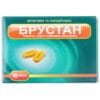
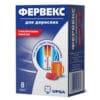

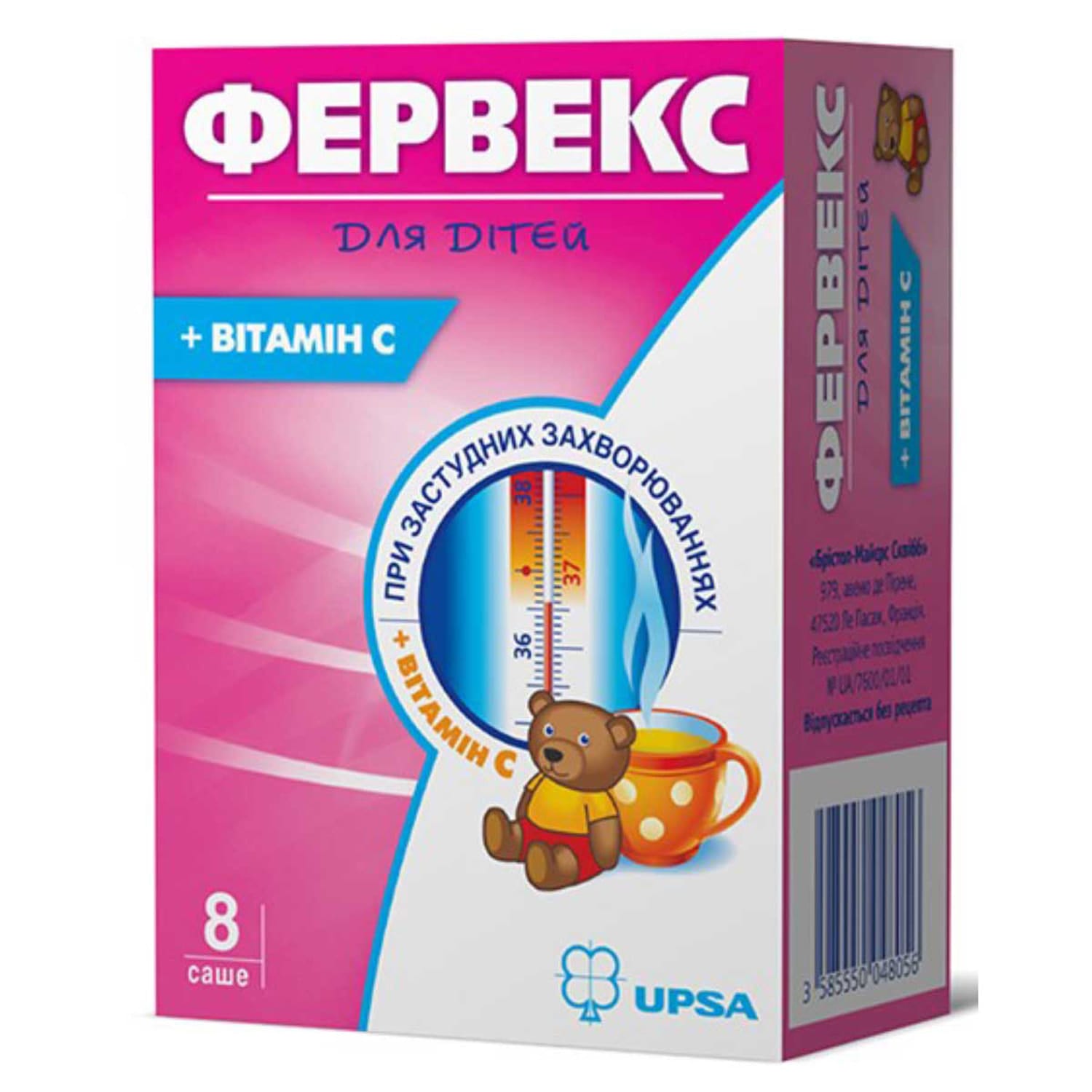

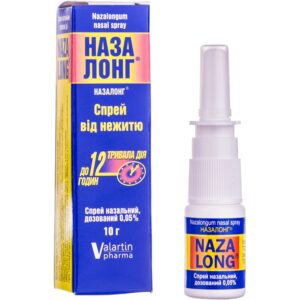
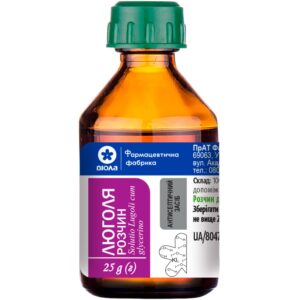
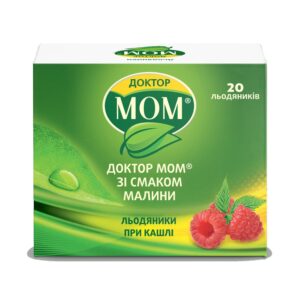
Reviews
There are no reviews yet.